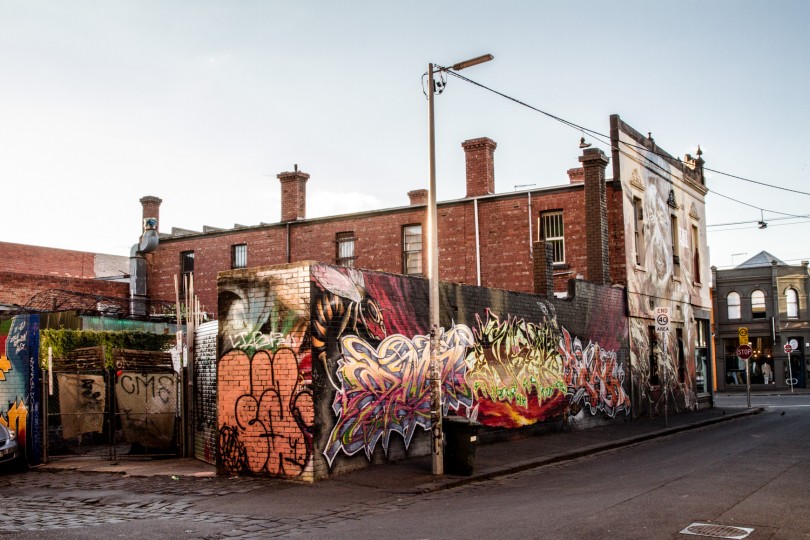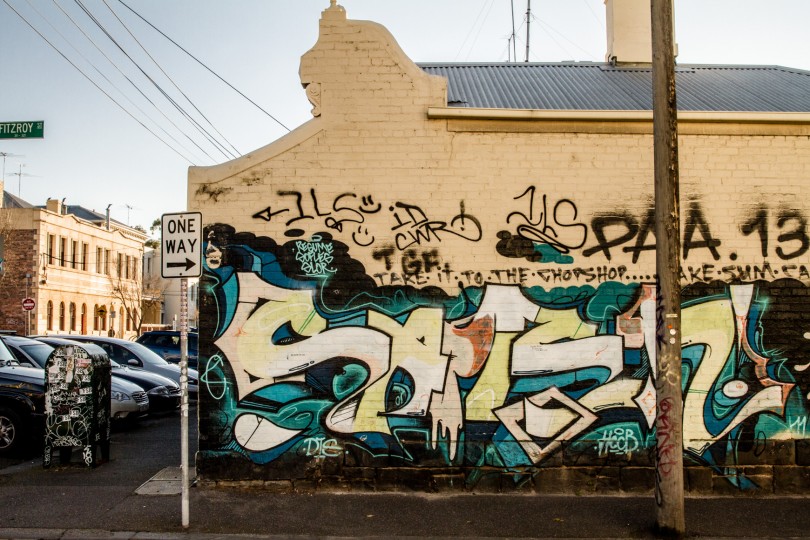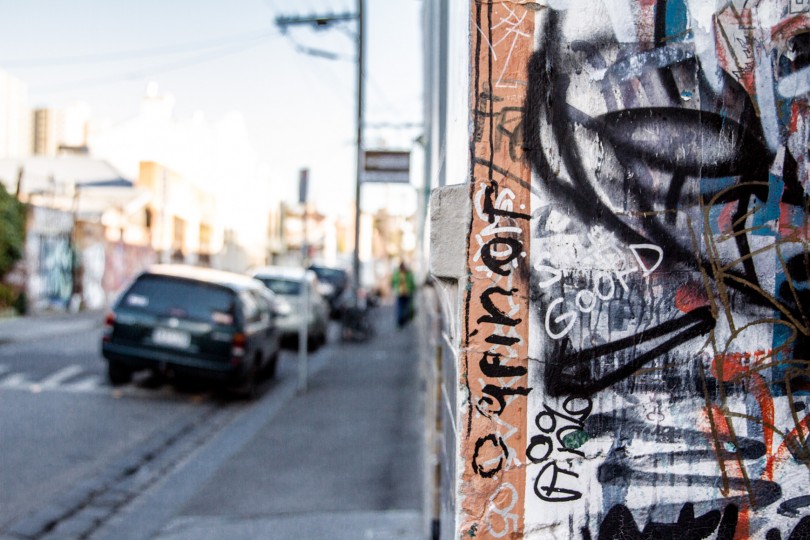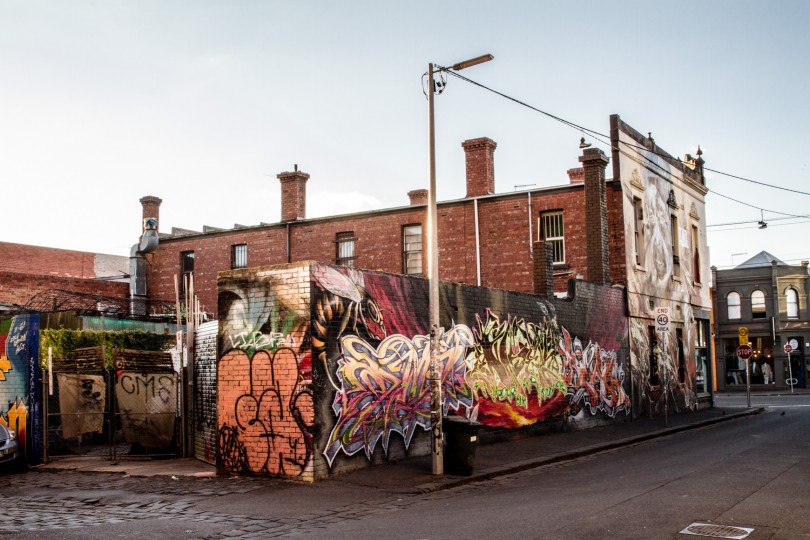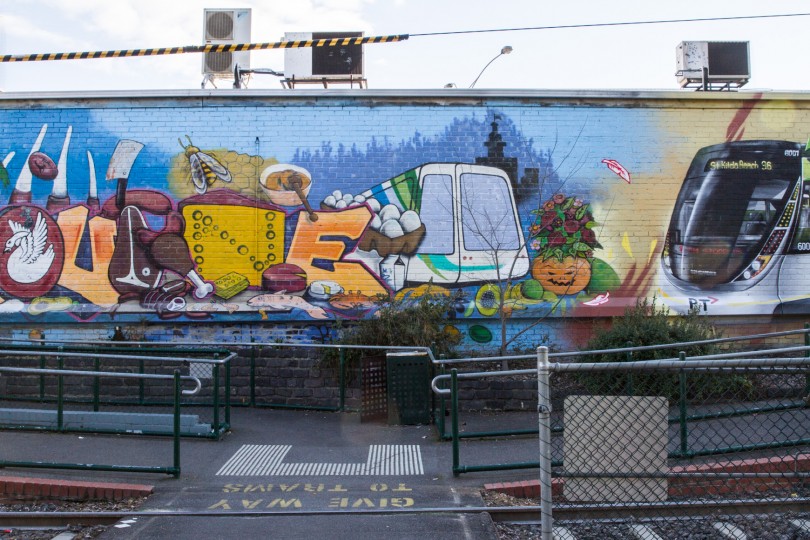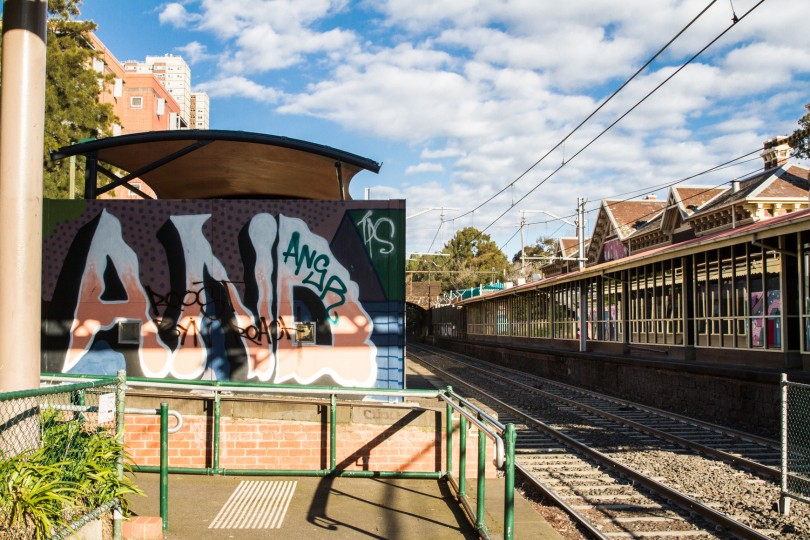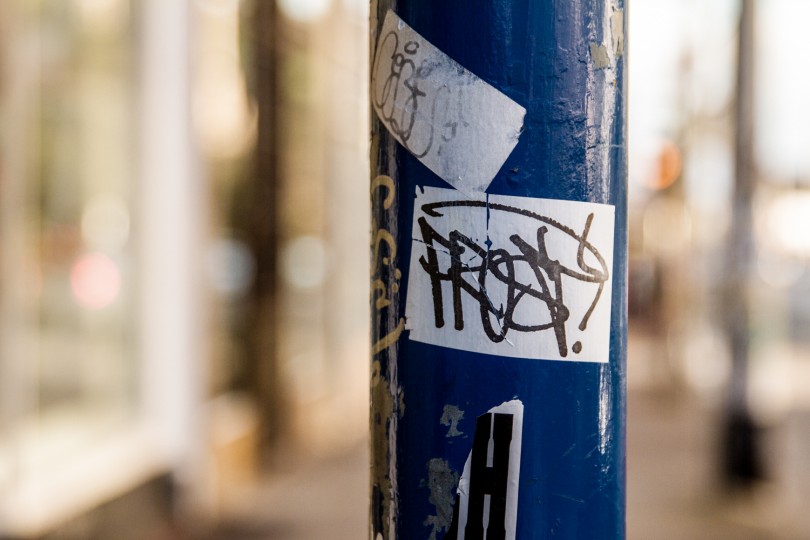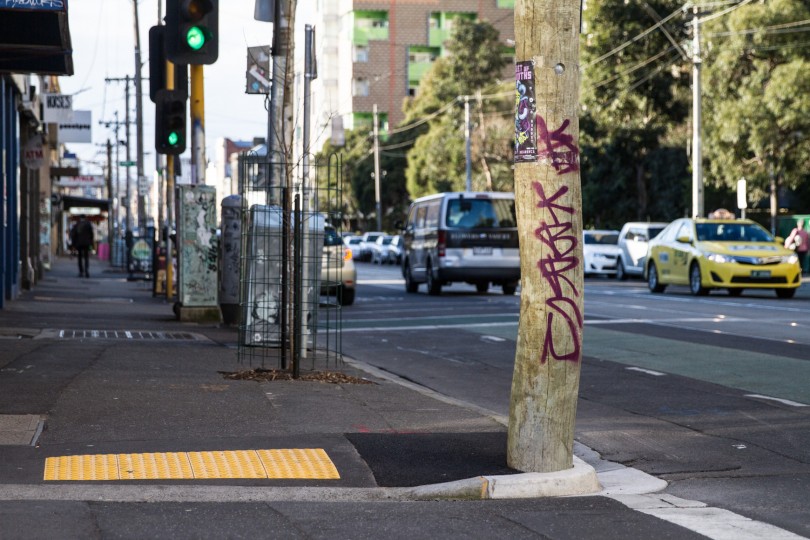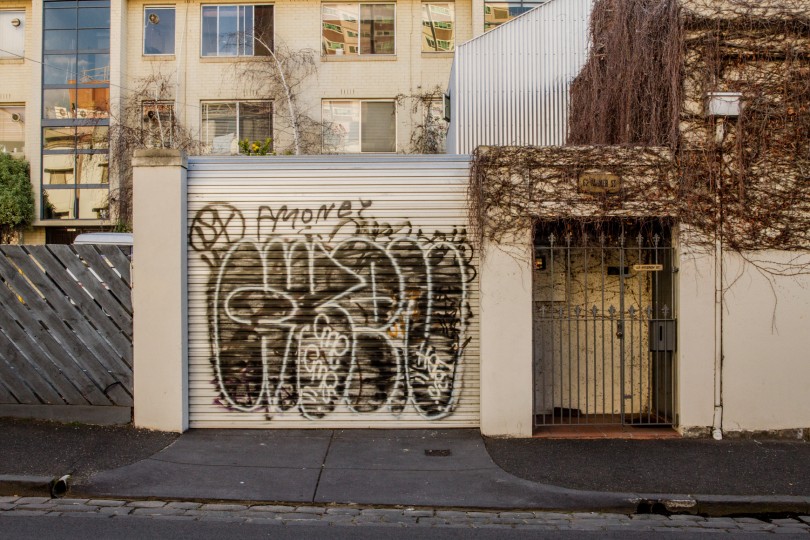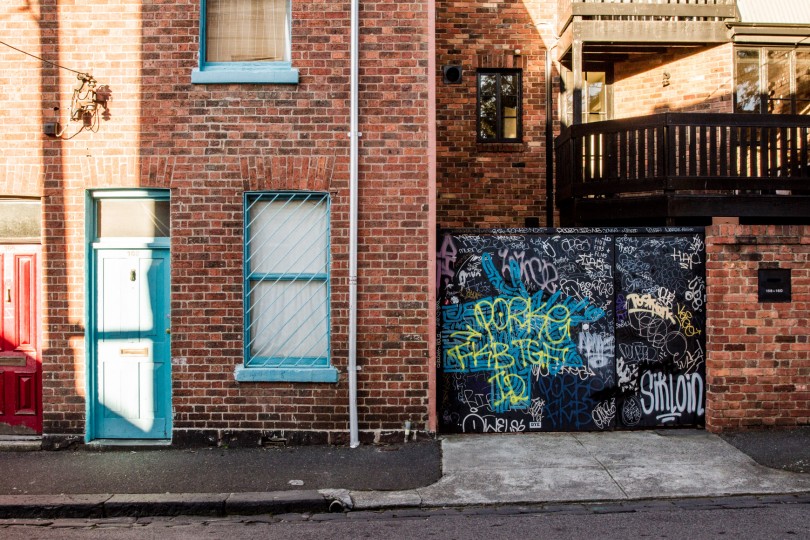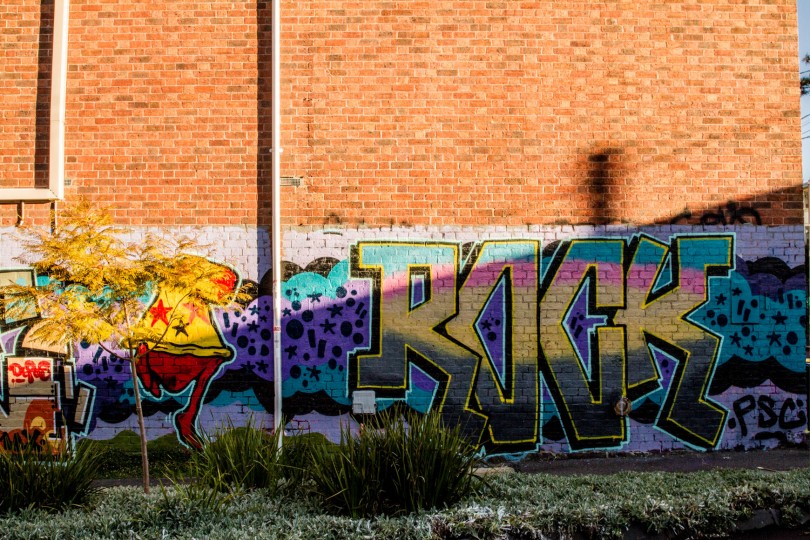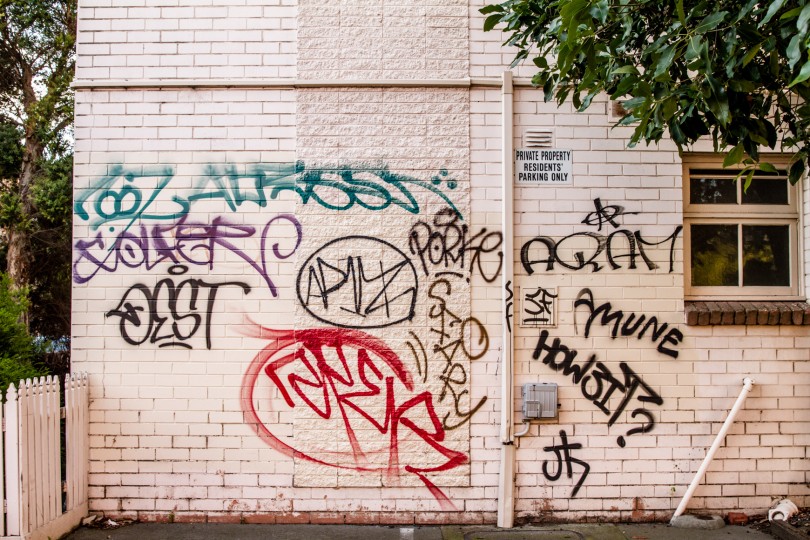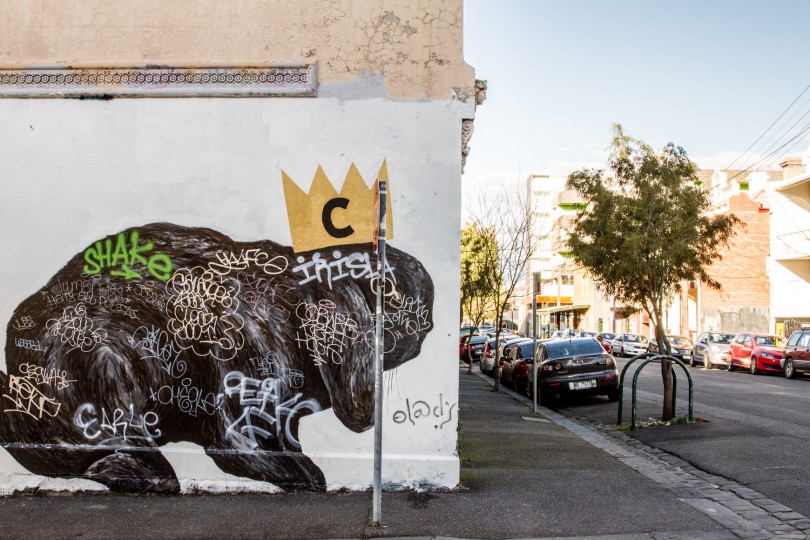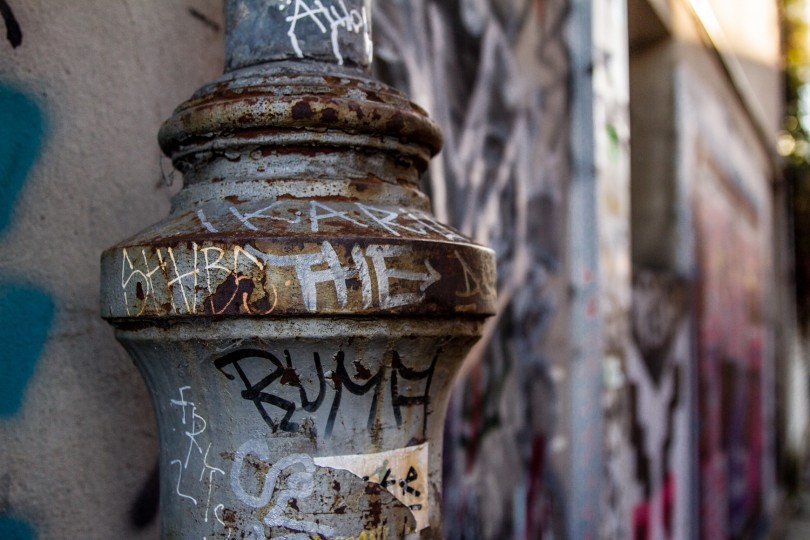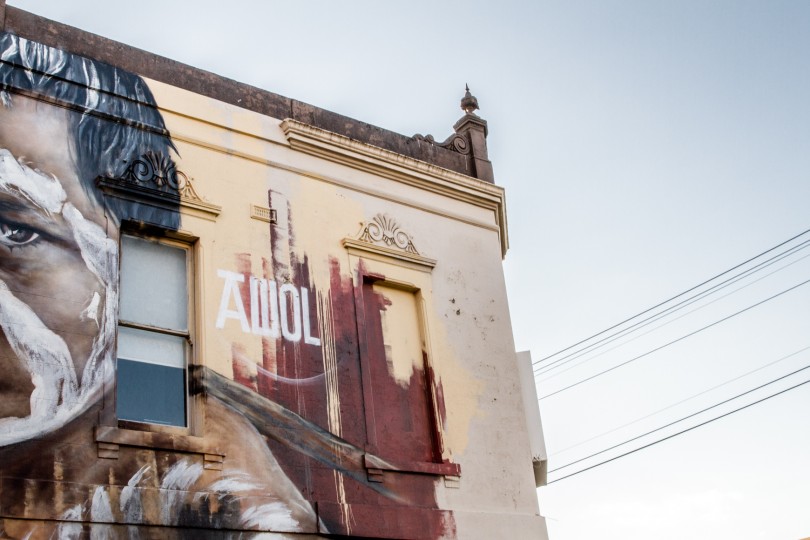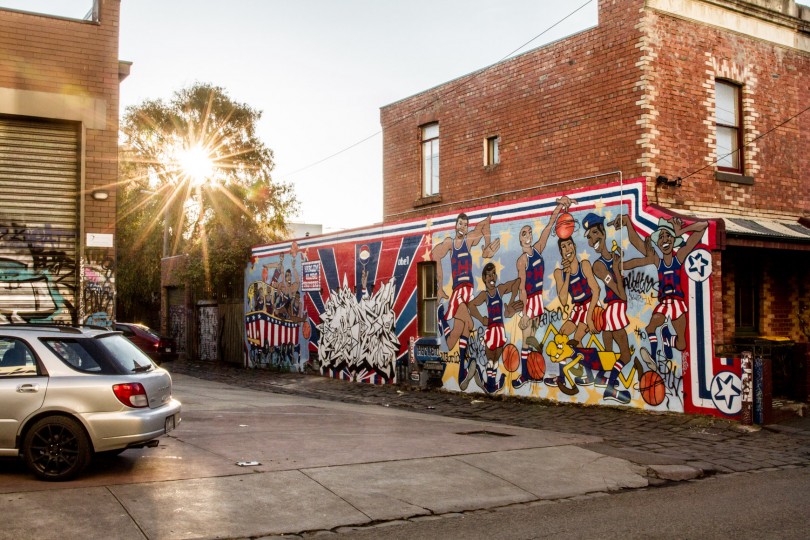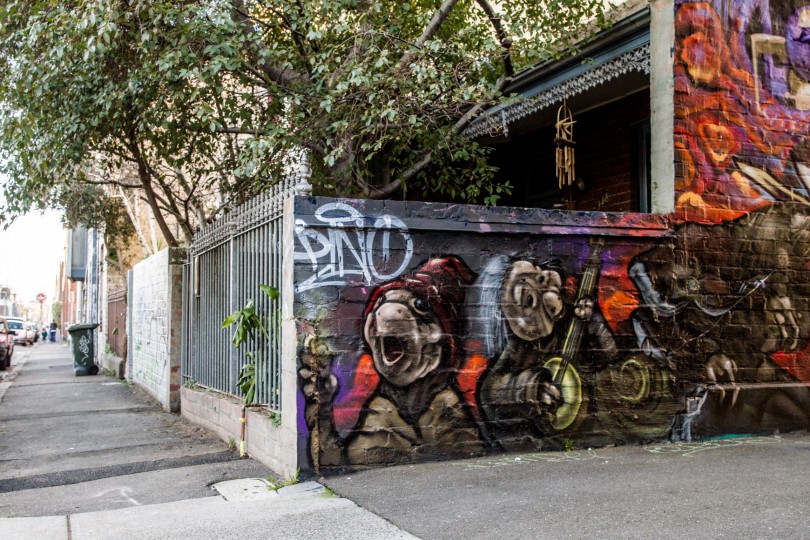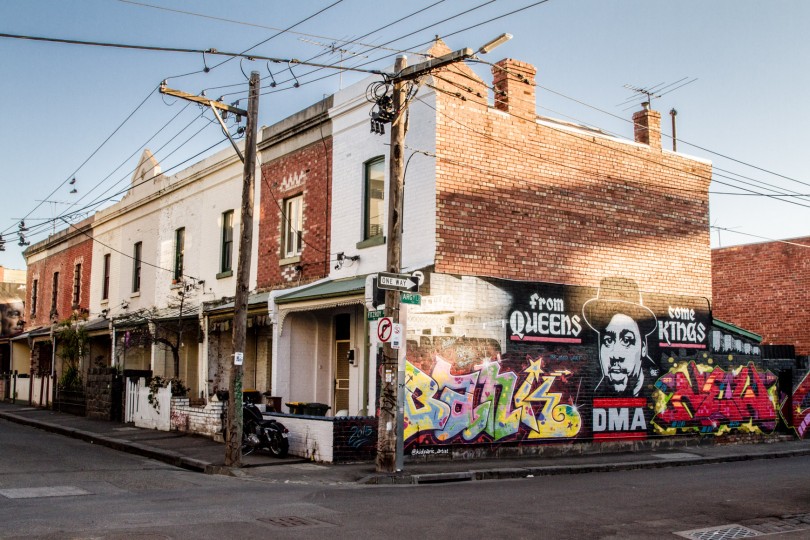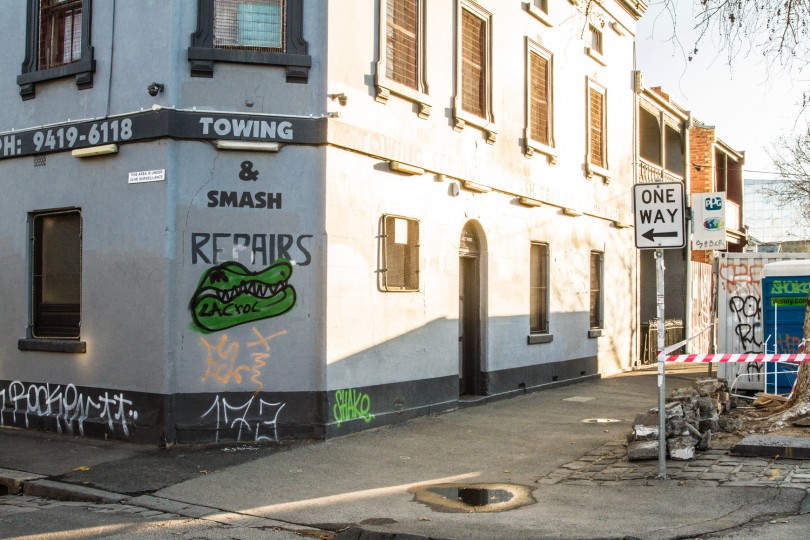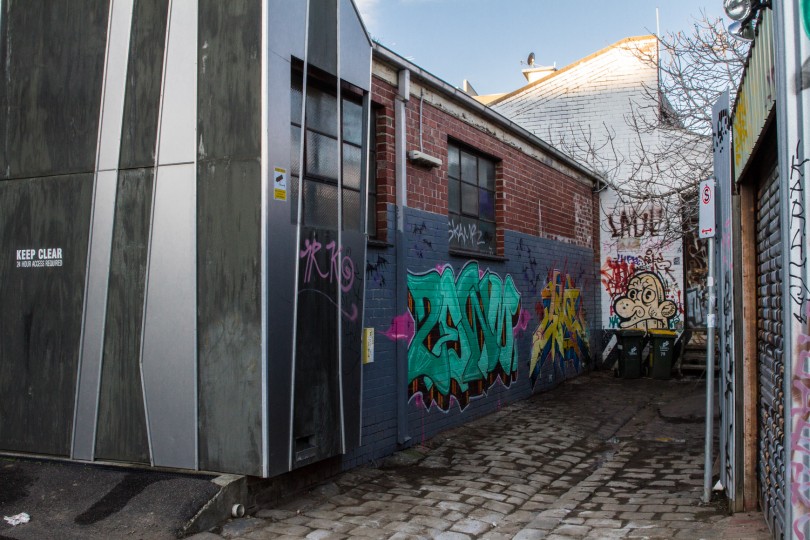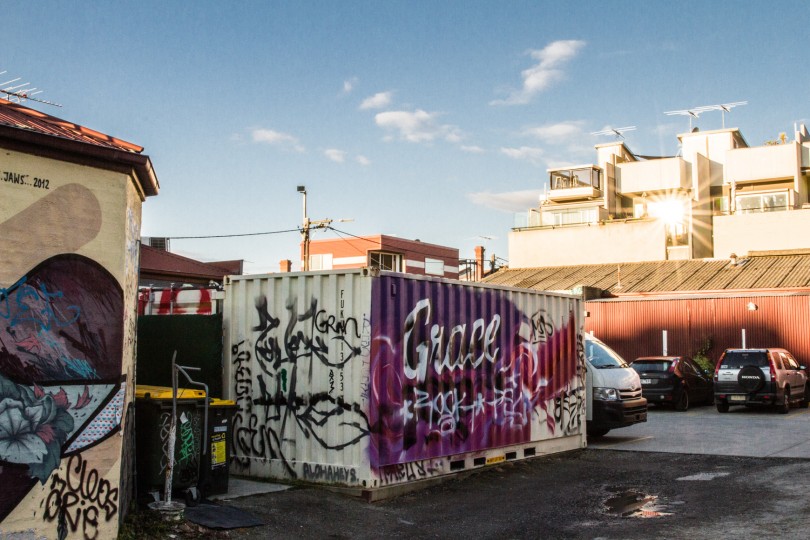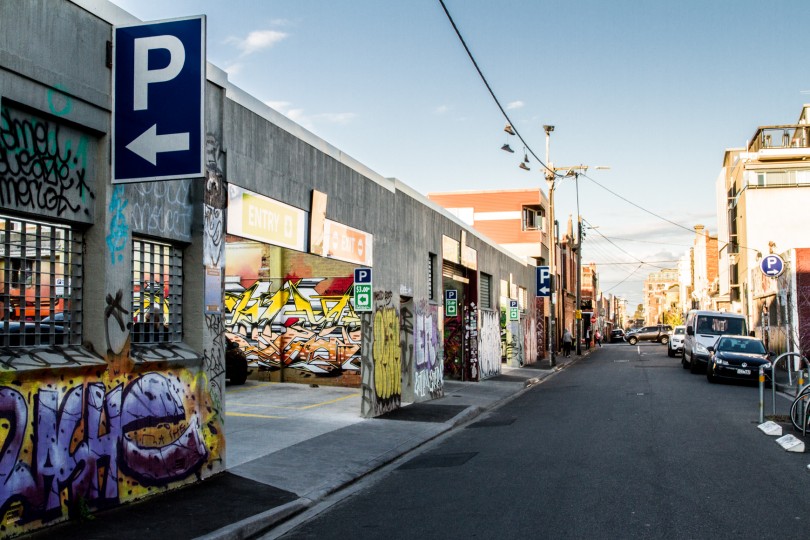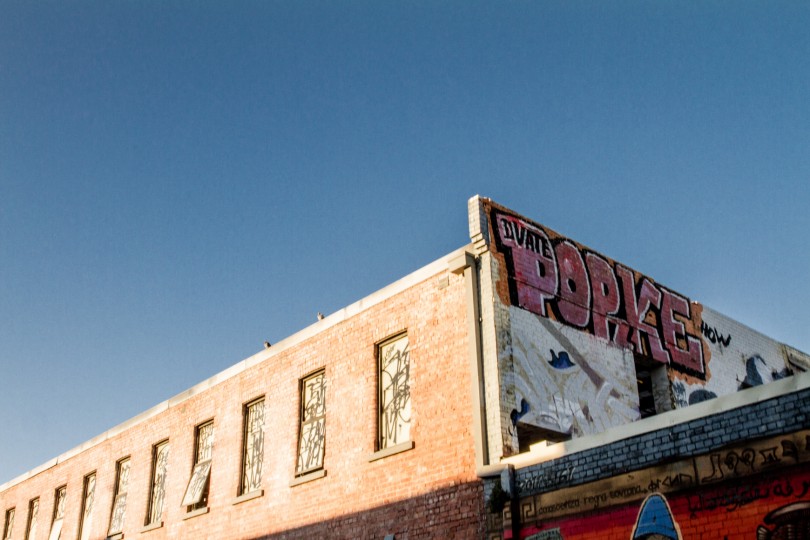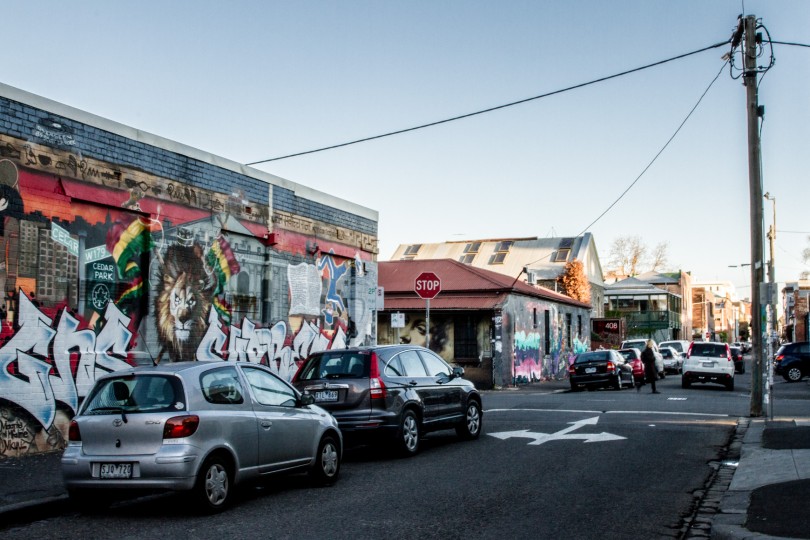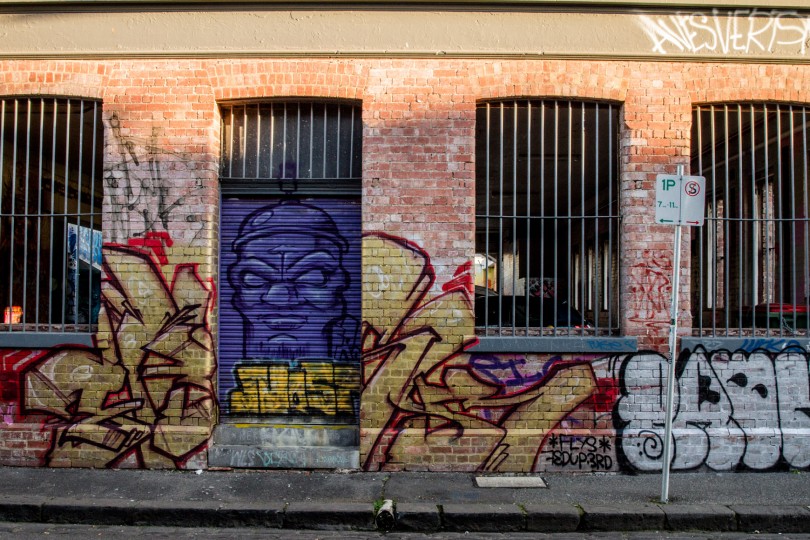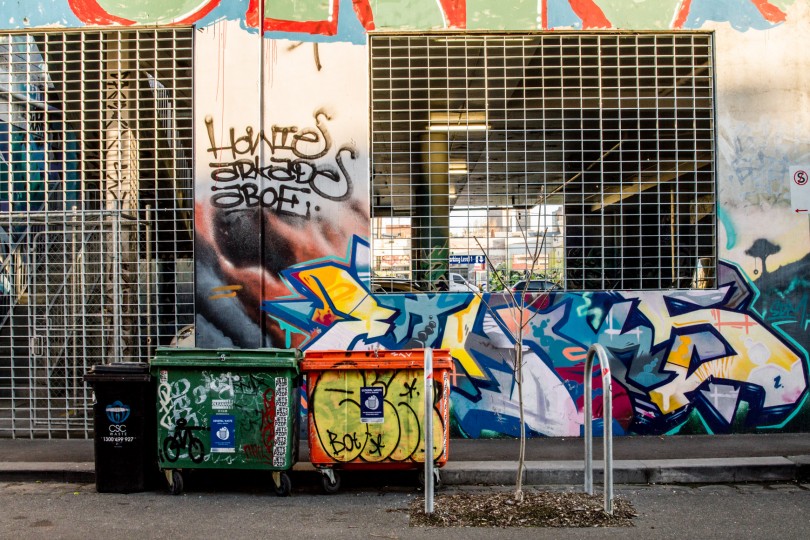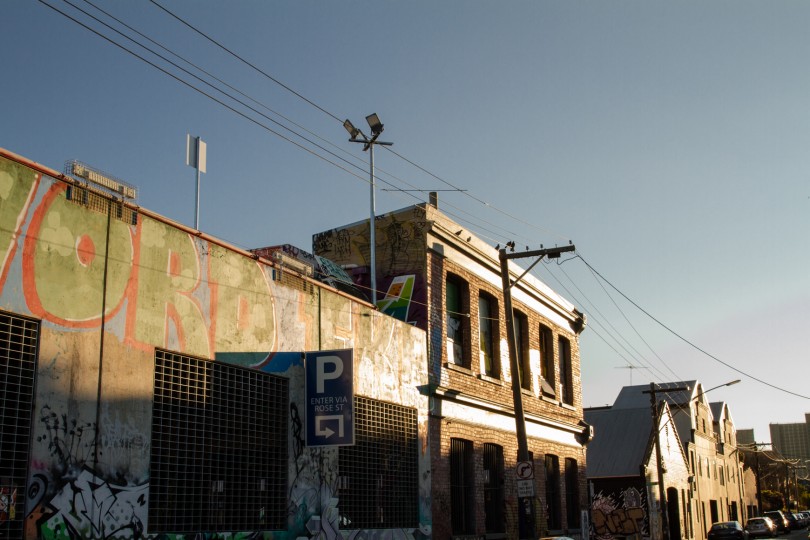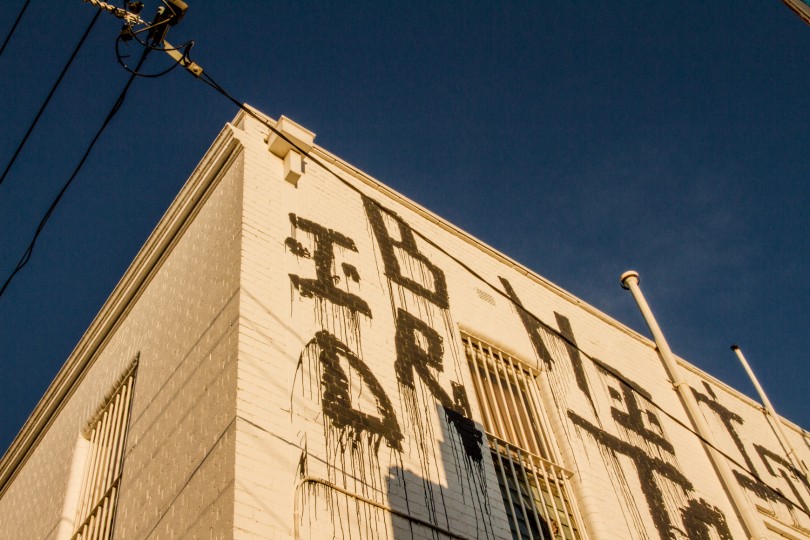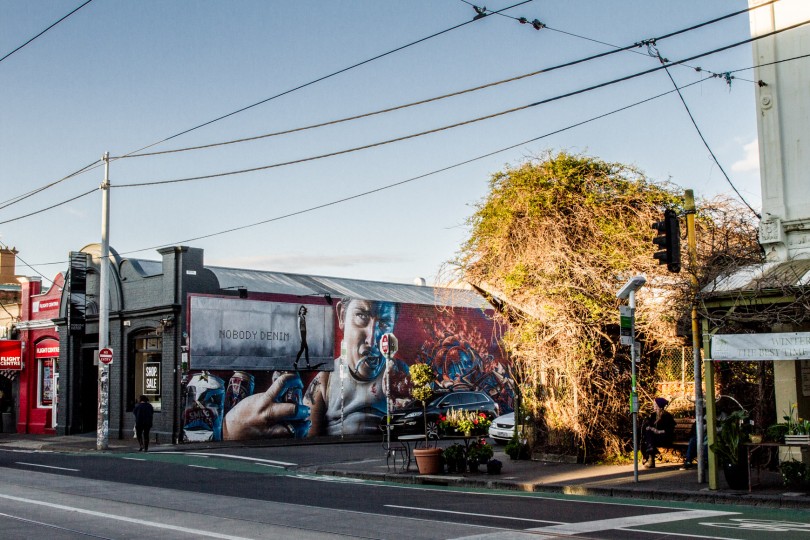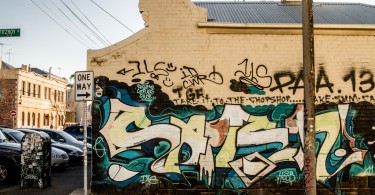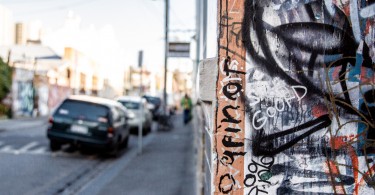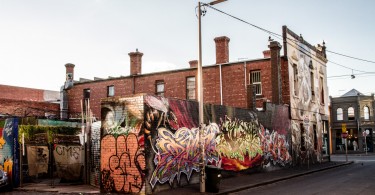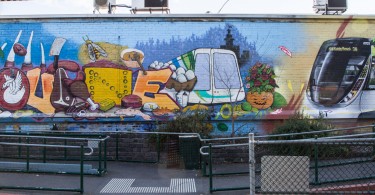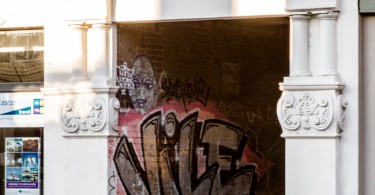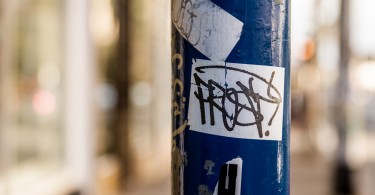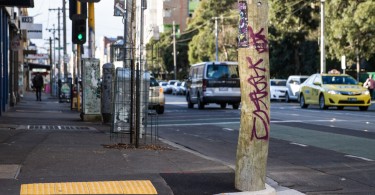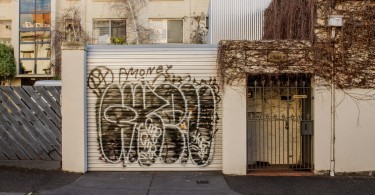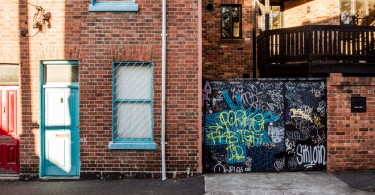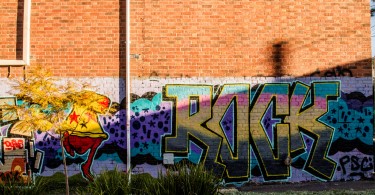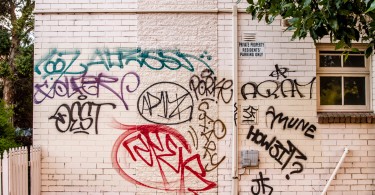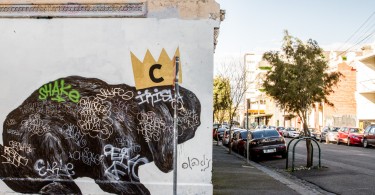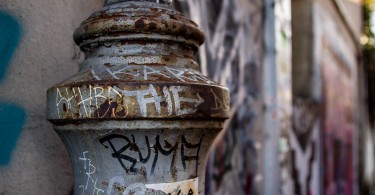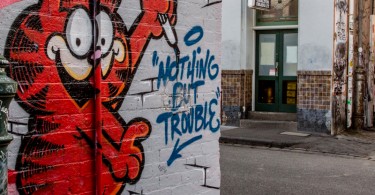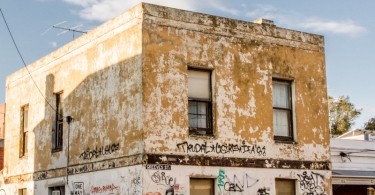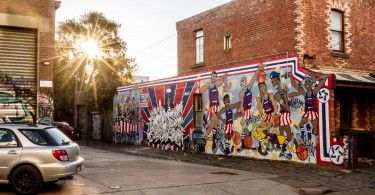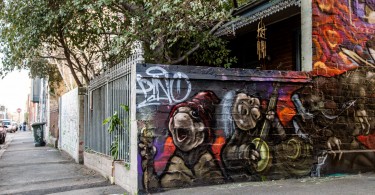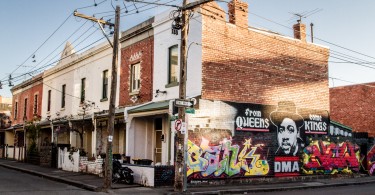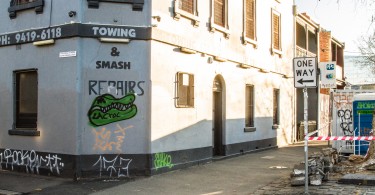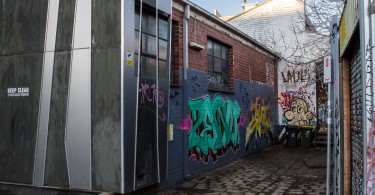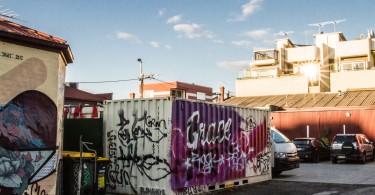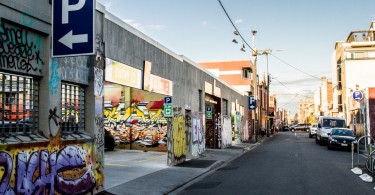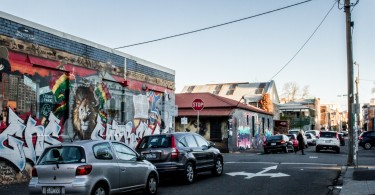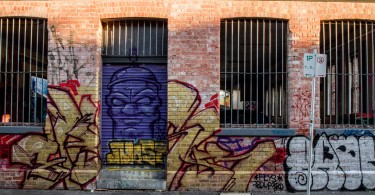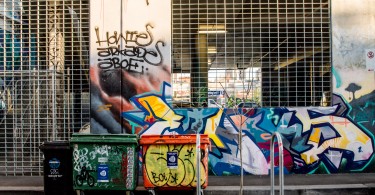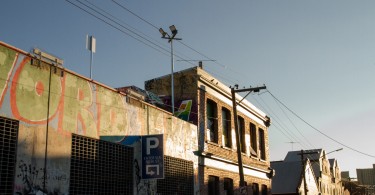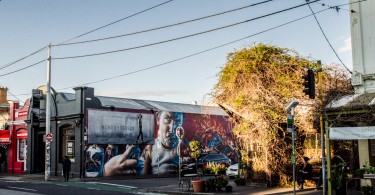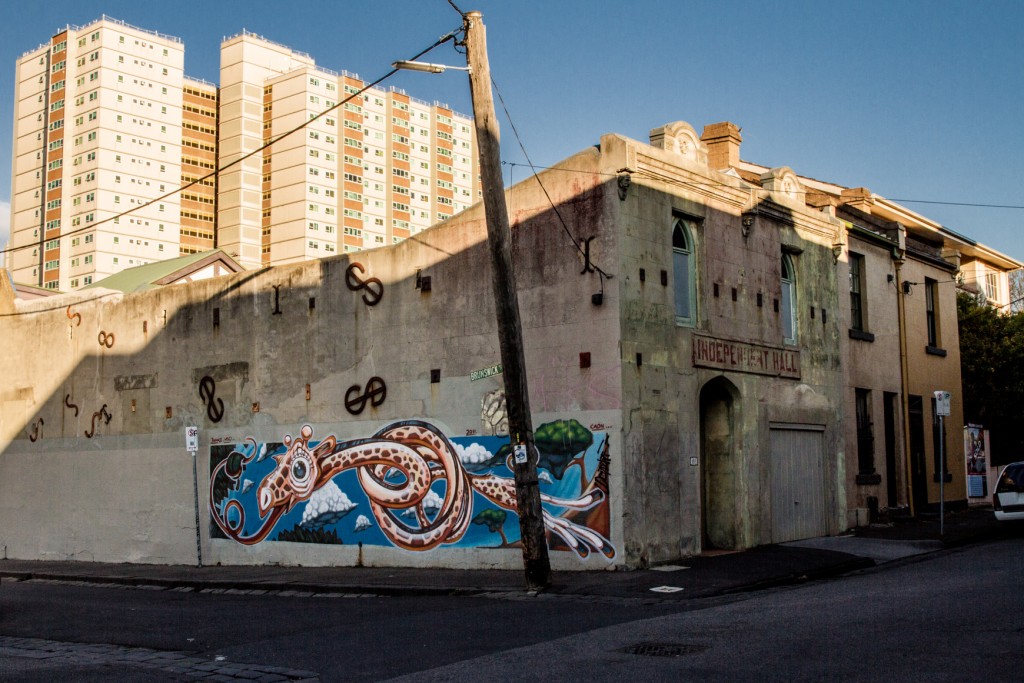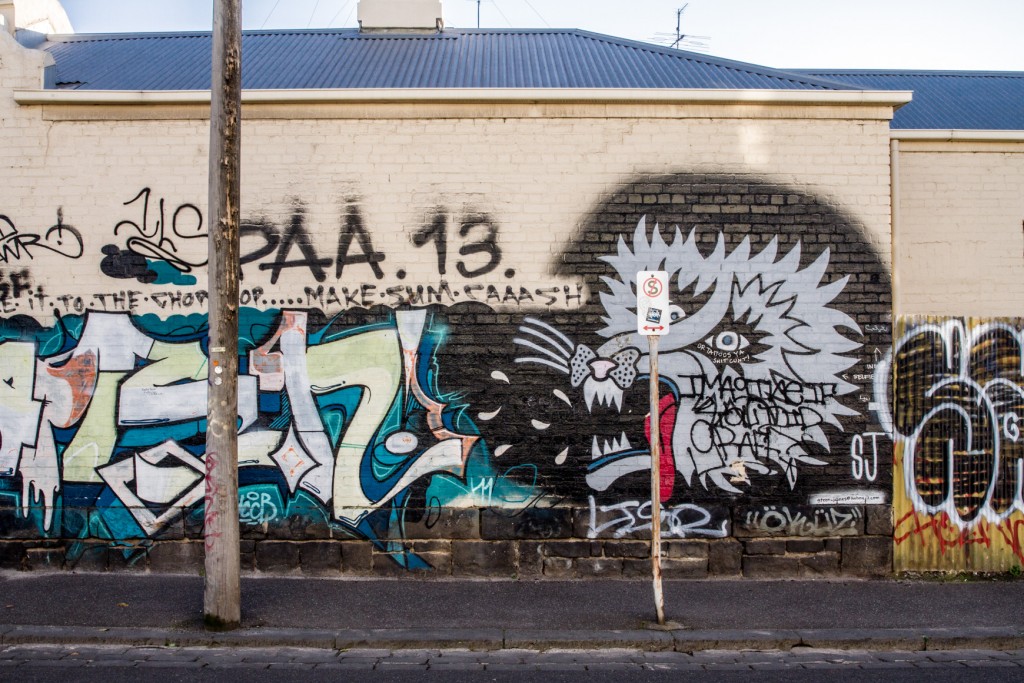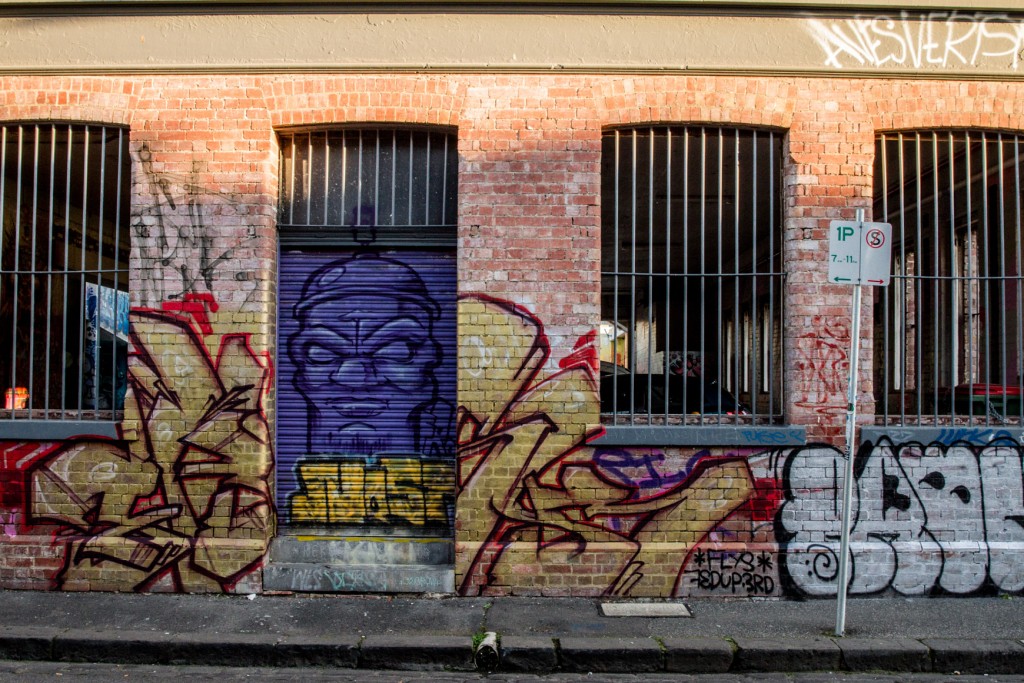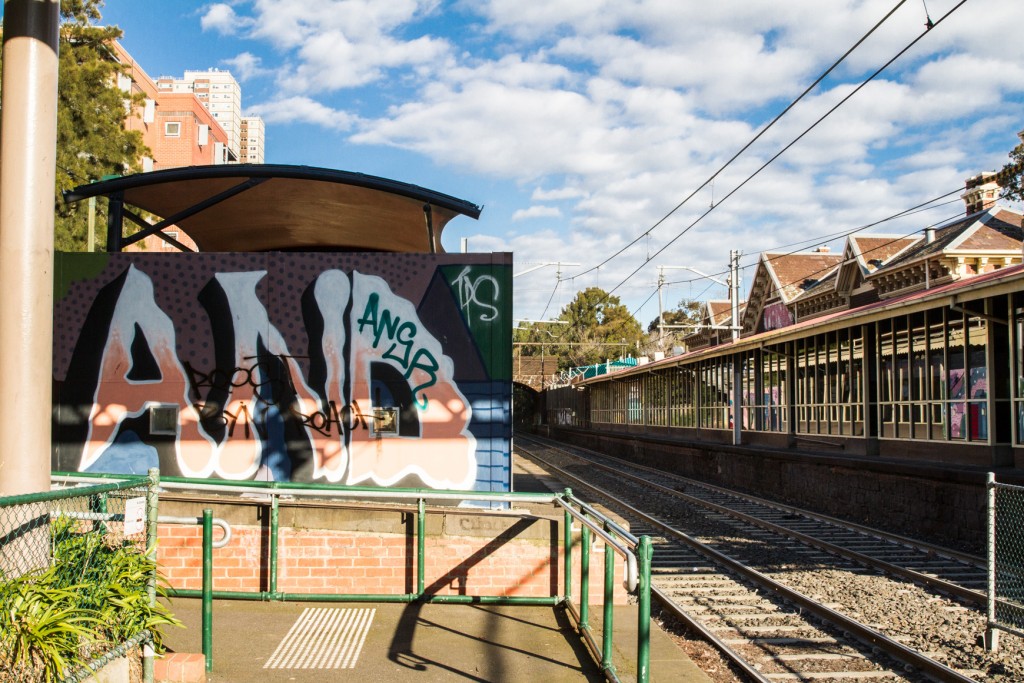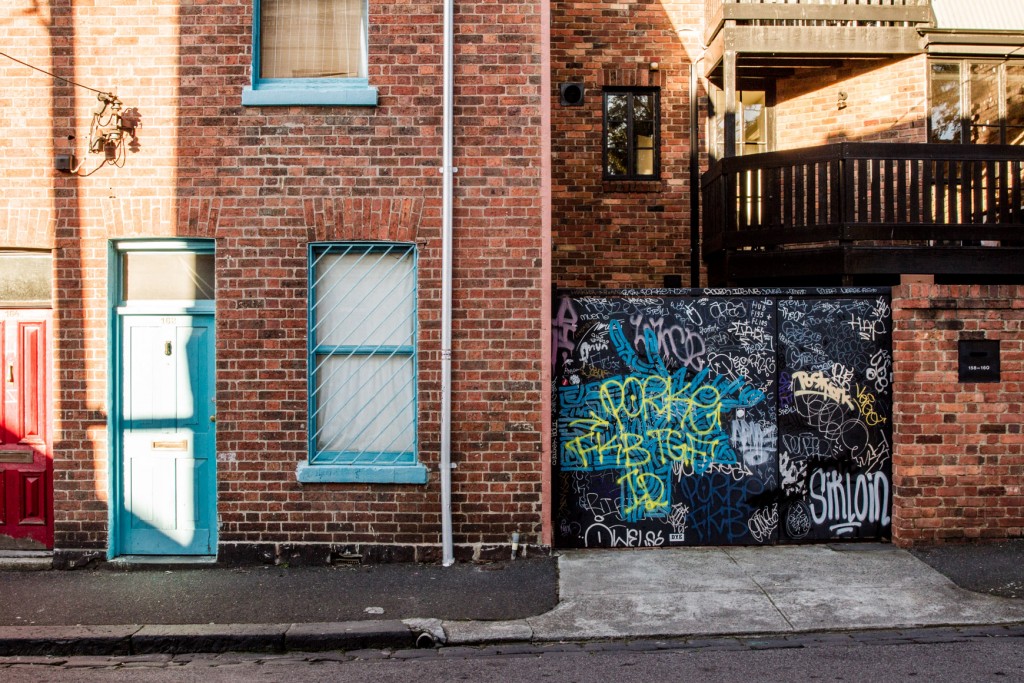All images from the author
Melbourne is renowned the world over for its urban fabric, and it’s this which has been the canvas for plenty of graffiti writers the world over.
But graffiti has been the thorn in the side of its more acceptable cousin, street art – which has seen Melbourne’s laneways broadcast across the world with dazzling feats of paint, paste-ups and other examples of urban public art.
A lot of people forget, however, that the road to making street art is often done covertly where artists cut their teeth as graffiti writers before councils recognise their cultural worth.
To understand how and exactly why this happens, City Journal spoke to Sean Irving. He’s an independent curator and the editor of Acclaim Magazine, a Melbourne-based publication invested in street culture.
- “I can always see why a girl’s face or an anthropomorphic animal is inherently more attractive and appealing than a bunch of tags.”
Street Art is inclusive, whereas graffiti is not. Sean explains that street art is a form that has broad appeal. It’s this quality – coupled with its ability to respond to events in real time – which is partly the reason why councils adopt and welcome the influx of street art, with artists such as Kaffiene.
- “It’s a strange thing to do to write your name on someone’s private property for very little material gain. There is a rebellious or maybe political edge to it even if that wasn’t their intention.”
Sean says that it’s graffiti’s inherently insular nature that defines itself in opposition to street art. Graffiti exists precisely because it is illegal, and it trades off an anti-authoritarian streak to more or less of a degree. Having an authority give these people a laneway or wall to paint completely goes against the graffitist’s desire to subvert authority in the first place.
- “It’s illegal to have spray paint on you in the city without a ‘lawful excuse’, which is not defined, so you can be charged on the spot. It’s actually one of the few offences where there’s a reverse onus of proof.”
Melbourne has some of the harshest anti-graffiti laws in Australia. If you’re over the age of 14, police can search you without a warrant if they think you’ve got a spray can and if they suspect you’ll get rid of it before they catch you. If this happens, you can be fined up to $740.
- “They make this cognitive differentiation between the two when essentially at the end of the day it’s spray paint applied to a surface.”
Can you have street art without graffiti? Well, no. But plenty of councils and people who get annoyed at their fence getting tagged still persist to make the redundant distinction between the two forms, which Sean believes is counterintuitive.
- “The thing that I find most entertaining about it is the fact that at the end of the day somebody’s still going to tag your fence regardless of how you feel about it.”
Graffiti culture manifests itself into a subculture that draws together people who actively define themselves against normative behaviour. When this is translated into the built environment, our cityscapes don’t end up keeping up their appearances, despite how many times someone paints over their white-picket fence.

